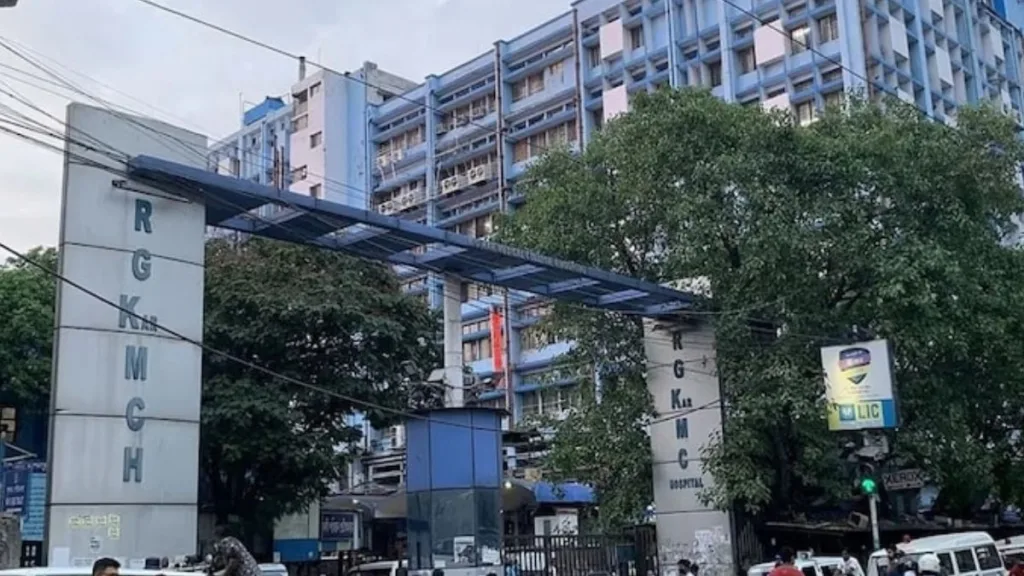The recent Kolkata doctor case has become a significant flashnews in India’s healthcare sector, firing widespread protests across the nation. This incident, which initially begin as an isolated attack on a doctor in Kolkata, has rapidly escalated into a nationwide movement, raising critical concerns about the safety of medical professionals and the overall state of healthcare services in the country.
Background of the Kolkata Doctor Case
The Kolkata doctor case move in around a shocking incident where a doctor was assaulted by the family members of a patient in Kolkata. This attack, which was brutal and unprovoked, has ignited a wave of anger and fear among the medical industry . Doctors, who are at the frontline of saving lives, are increasingly finding themselves vulnerable to such violent attacks, prompting calls for better security measures and stricter laws to protect healthcare workers.
Why Are Protests Happening?
The incident in Kolkata has struck a chord with doctors across the country, leading to a series of protests. Medical professionals in states like Delhi, Uttar Pradesh, and Maharashtra have staged walkouts, demanding justice for their colleagues and better protection against such violent incidents. In Delhi, resident doctors at premier institutions like AIIMS and RML Hospital have joined the protests, significantly impacting medical services. The primary demand of these protests is the immediate implementation of laws that ensure the safety of doctors and other healthcare staff.
Impact on Medical Services
The ongoing protests have had a considerable impact on medical services, particularly in major cities. With resident doctors participating in strikes, the functioning of hospitals has been severely disrupted, leaving patients in a state of distress. Many elective surgeries and routine check-ups have been postponed, and emergency services are being handled by a reduced workforce, leading to overcrowding and delays in treatment.
Government’s Response
The government has responded to these protests by engaging in talks with representatives of the medical community. Discussions have centered around implementing stricter security measures in hospitals and potentially introducing new laws to safeguard healthcare workers. However, despite these discussions, a concrete solution to the problem is yet to be reached, and the protests show no signs of abating.
The Kolkata doctor case has highlights a critical issue that has long been simmering lesser the surface of India’s healthcare system—the safety of its medical professionals. As the protests continue, it is crucial for the government to take immediate steps to address the concerns of the medical community. This includes enforcing stricter penalties for those who assault healthcare workers, improving security in hospitals, and creating awareness among the public about the importance of respecting and protecting those who dedicate their lives to saving others.
Conclusion
In conclusion, the Kolkata doctor case serves as a stark reminder of the challenges faced by medical professionals in India. The protests, while disruptive, are a necessary call to action for both the government and society to ensure that doctors can work in a safe and secure environment. As we wait for a resolution, it is essential to remember that the safety of our healthcare workers is integral to the health of the nation.

